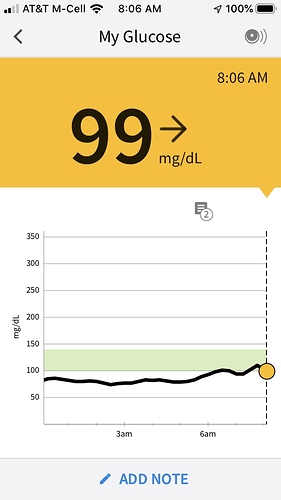mn65: “Sir, I’m not going to try to eat my food in one sitting per day.
mn65: For when eating once a day I might feel remorse and regret.”
In MN65, the Buddha admonishes Venerable Bhaddāli, who is having difficulty eating one meal a day (OMAD). I personally sympathize with Venerable Bhaddāli given my own ongoing adventure with eating only before noon, given that OMAD is simply too radical for me now.
With intermittent fasting, one eats in one part of the day, usually in a 6-hour interval. Although many choose to eliminate breakfast, I chose to eliminate dinner according to the EBTs.
mn70: You too should abstain from eating at night.
mn70: Doing so, you’ll find that you’re healthy and well, nimble, strong, and living comfortably.”
What happened? Well, I gradually returned to the weight I had when I got married decades ago. I also became chilled more easily, so I just started wearing a hat and kept warm. And my sleep was untroubled by digestion. OK. ![]()
But I have trouble eating enough for the day. And I certainly can’t eat it all in one sitting. My stomach simply can’t hold that much food. I guess I’m inefficient. So OMAD is definitely not possible for me currently and I’d be like Venerable Bhaddāli, having to apologize to the Buddha for breaking OMAD every day. And that’s ok, since I am not a monk and have not actually taken up the OMAD rule.
Given my struggle with not being able to eat enough, I was curious enough about what was going on that I attached a glucose monitor to myself (hey! I’m a cyborg now!). I wanted to understand more about what was going on in my body. And this is what I saw:
What I saw was that my blood sugar spiked dangerously at breakfast. Those of you with diabetes will recognize the beginnings of a hyperglycemic spike at 6am, at breakfast time. ![]()
You’ll also notice that the spike plummeted drastically shortly after onset. What happened? What did I do?
I exercised. Nothing vigorous, just enough to raise heartrate and increase depth of respiration. Those were enough to absorb the start of a hyperglycemic spike and cancel it out. And that experience made me understand the benefits of OMAD. ![]()
With OMAD, one does not eat in the morning, certainly not at 6am. Instead, one moves about and gets the body going again with activity for several hours before eating. ![]()
And because of this, I’ve re-aligned my intermittent fasting with OMAD by refraining from eating too early. As a result, I no longer have blood sugar spikes. ![]()
For those of you fasting intermittently, you might wish to consult with your doctor and bring up this point about morning activity.
![]()




